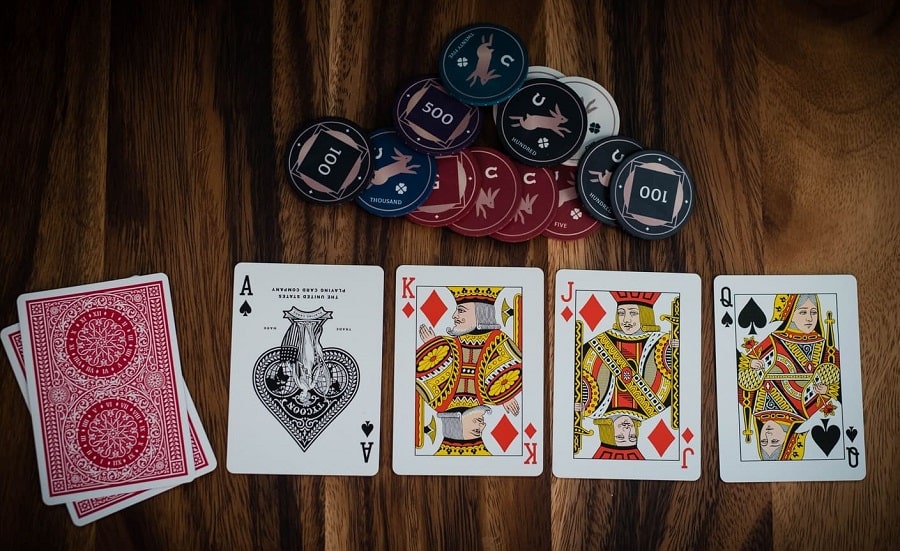
Who invented poker and when did it start?
Poker has long been one of the most popular card games. Tournaments with large prizes are regularly held and the best poker players are considered to be professional athletes. That being said, not many people can answer the question: when did the game appear, and who invented it. And there is no exact answer. There are only a few theories.
The emergence of poker in Europe
In the Old World, poker was first mentioned in the 16th century. It is believed to have been invented at that time in Italy or Spain. The pastime was called the primero and its rules were very different from those of today:
- Players were dealt three cards each.
- Combinations were made of cards of identical height or suit.
- Cards were revealed only after one round of betting.
A few centuries later, the game became popular with the English. Here the rules had already changed and were very similar to the current ones. Players received five cards each and used them to make combinations. It was during this time that poker began to be actively bluffed. This is why the British consider themselves to be the ancestors of the modern card game.

The emergence of poker in Asia
Like many other gambling games, poker may have originated in Asia as well. According to some legends, it was much loved by the emperor himself and other upper class people. The cards were carved from ivory, so they were only available to the very rich.
One of the most powerful poker players was the military leader Shang Tsung, and some historians believe he was the founder of poker. The rules of the game in the 10th century had the following features:
- In Asia, poker was strictly for five people.
- The deck consisted of only 25 cards.
- there were as many as five suits at the time.
The Asian origin of poker is considered to be the main theory.
The emergence of poker in America
There’s also the theory that the game and its basic rules were brought to America by French colonialists. According to this theory, poker first appeared in Louisiana and then spread across the continent. In America, the deck consisted of 52 cards. The game was much liked by sailors and largely thanks to them it became known in other states.
Very often Jonathan Green wrote about poker and its features in his letters. Therefore, some have attributed the creation of the game to him. However, if you read the texts carefully, you can see that he only followed the process and made his own notes. Therefore, the idea of authorship is considered to be only a legend without any justification.
Why poker became popular
It was in North America that poker started to gain popularity, which then moved on to Europe. As early as the 19th century, many countries knew the basic rules and game of cards. However, at that time poker was not taken as a serious hobby. Only after World War I did the card game become considered a true sport.
Currently, the most popular version is Texas Hold’em. It first appeared in the state of the same name, and then – in Las Vegas. It is in this city that the largest number of poker clubs now exist.
The largest official tournament in the World Series of Poker was launched in 1970. Almost immediately, the most powerful players realised that participating in it increased their status and popularity. So they felt honoured to be playing against other well-known poker players.
Who invented poker
Some sources name the creator of poker as one of the most famous players – Doyle Brunson. Of course, it’s hard to argue with his contribution to the development of the game. Doyle has devoted a great many years to it. However, Brunson never said he had anything to do with the creation of poker. So it’s all just a beautiful legend.
